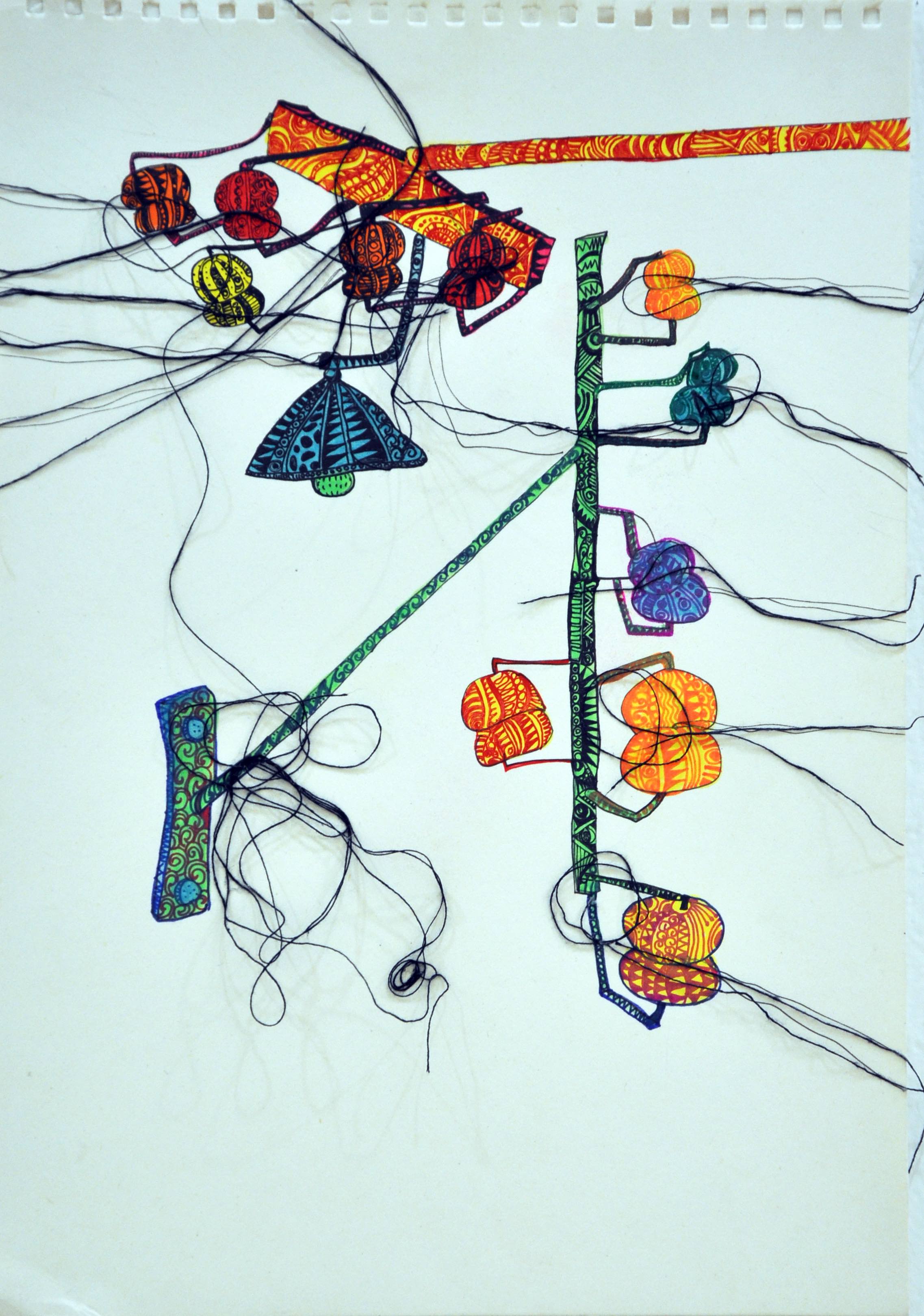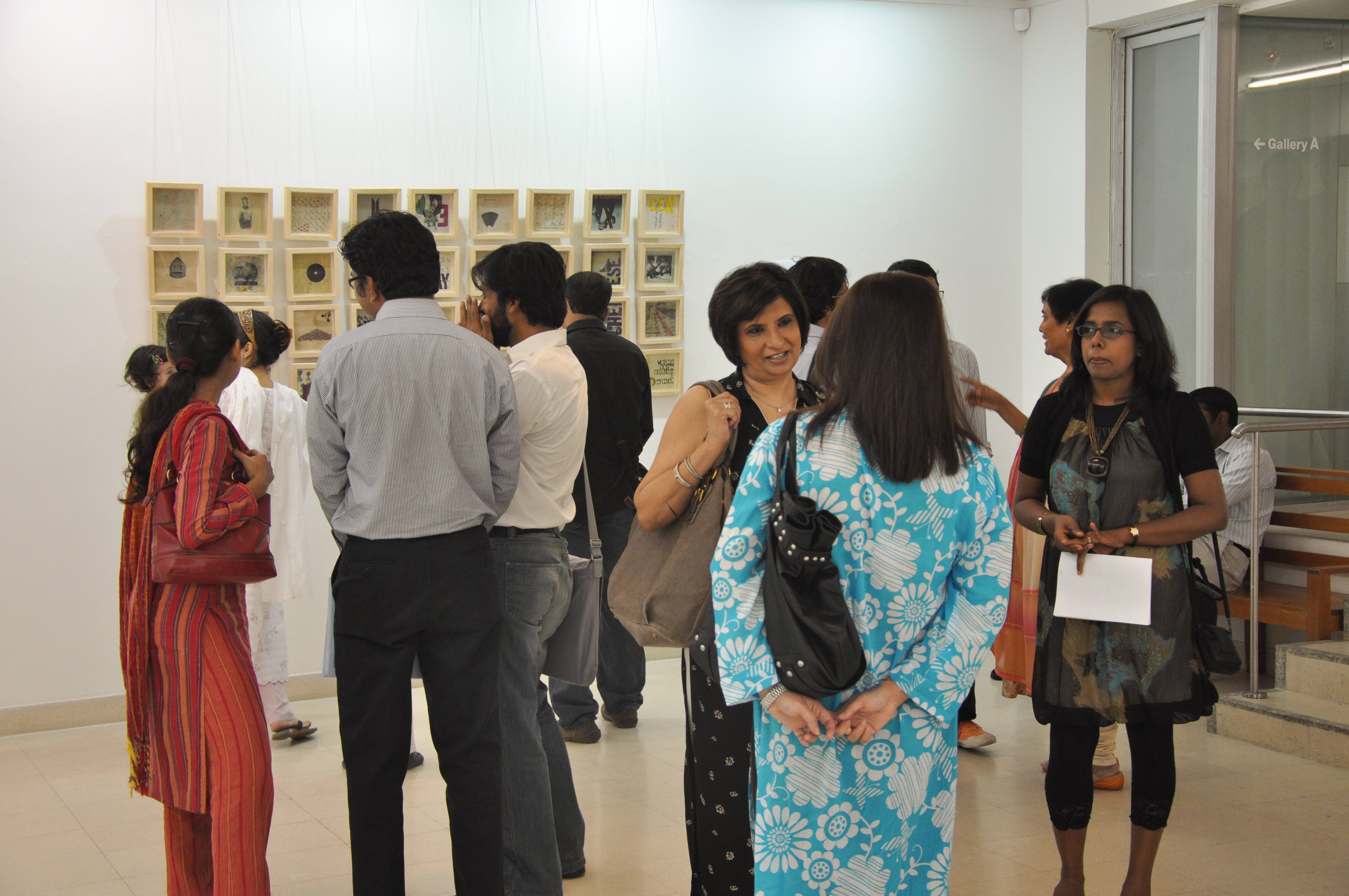Categorial Inaccuracy
Taaza Tareen 6
2010
in collaboration with The Children’s Museum for Peace & Human Rights (CMPHR)
with Lakisha Niwanthi, Mohsin Shafi, Saba Qureshi, Shimul Saha & Zikra Baloch
The 6th annual Taaza Tareen Residency included South Asian artists Lakisha Niwanthi, Mohsin Shafi, Saba Qureshi, Shimul Saha and Zikra Baloch.
The resident artists collaborated with the Children’s Museum for Peace & Human Rights (CMPHR). They conducted a workshop with 42 art teachers from 33 schools across Karachi. They were introduced to varied techniques in art and art education. The workshop focused on environmental issues and produced art from waste material.
Mohsin Shafi’s work, produced in this residency, investigated the contradictions of social norms and tendencies of violence in our society. Drawing inspiration from personal experiences, Shafi created a discourse to depict the grey areas of black and white moral codes. Through a subtle performance with image, text, material and space, Shaifi communicated numerous layers of meaning. “I’d rather pose more questions than provide answers and hopefully, in turn, create a deeper discourse.”
As part of the ‘Categorical Inaccuracy’, three ARTshares were held at different art institutions across Karachi. The students of Karachi School of Art, Karachi University and Indus Valley School of Art and Architecture had the opportunity to learn about artist practices from within Pakistan and across South Asia.
Zikra Baloch’s work involved field studies through observations and an amalgamation of the ‘seen’ and the ‘sight’.
Exploring the city and discovering market places, junkyards, dumping grounds, Baloch collected materials and ideas and considered their apparition a sculpture. Baloch expressed that “The process (input) and the form
(output) are intertwined because the process adds layers of meanings and readings to the final form. The existence of spontaneity and ambiguity in my process is something that I quite enjoy.” Baloch’s approach of integrating used objects in art work reflects on the journey of an object through history and usage.










